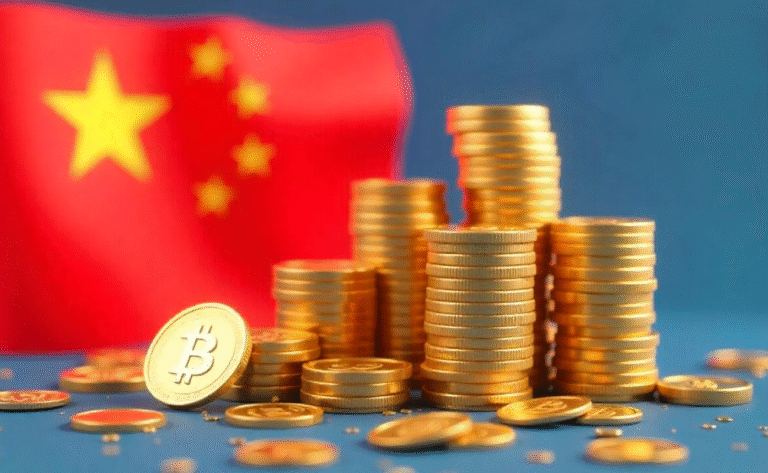China’s quick ascent to prominence in the global economy was not an accident. While it drew from many global examples, one of the most influential models it followed was that of Singapore, especially under the visionary leadership of Lee Kuan Yew. Similar to Japan’s Meiji Restoration, China adopted successful foreign techniques to meet its own national economic objectives.
Looking Back: Lessons from Meiji Japan and Modern Singapore
In the late 19th century, Japan’s Meiji Restoration marked a dramatic shift from isolation to modernization. The Japanese government sent scholars and officials overseas, adopted Western industrial practices, and reformed its military, education, and economy, quickly transforming Japan into a global power.
Fast forward to the late 20th century, China followed a similar playbook. But instead of looking solely to the West, it found a relevant example closer to home: Singapore—a small but highly successful Asian state that had built a strong, stable, and globally connected economy through discipline, innovation, and openness.
Lee Kuan Yew’s Influence on Deng Xiaoping
Lee Kuan Yew, Singapore’s founding father, believed in strong, efficient governance, a high-quality education system, and an investment-friendly economy. His leadership turned Singapore from a struggling post-colonial city into one of the world’s most competitive economies.
The mastermind of contemporary China’s economic reforms, Deng Xiaoping, was greatly impressed by Singapore on his visit there in the 1970s and 1980s. Their meetings left a lasting impression. Lee later noted that Deng listened carefully, asked sharp questions, and acted decisively on the insights he gained.
Shortly after, Deng launched China’s “Reform and Opening-Up” policy. The nation established Special Economic Zones, welcomed international investment, and let market forces direct certain aspects of its economy. China’s economic miracle began with these actions.
The Transformation of China’s Economy
Deng’s reforms sparked a wave of growth that changed China’s place in the world:
- China attracted a large number of foreign manufacturers, especially in the textile, electronics, and automotive sectors.
- Working with global corporations facilitated the acquisition of information and expertise by Chinese engineers, managers, and workers.
- Over time, China shifted from being a factory for the world to a leader in innovation, production, and global trade.
Cities like Shenzhen, Shanghai, and Guangzhou transformed into high-tech, financial, and logistics hubs, much like how Singapore rose to global prominence.
Why Singapore’s Model Fits China So Well
China’s leaders didn’t copy Singapore blindly. Instead, they adapted what worked and applied it at a much larger scale. Key lessons taken from Singapore include:
- Efficient and centralized governance capable of long-term planning
- Investment in education and technical skills
- Strategic integration into the global economy
- Attracting foreign direct investment to build local industries
- Maintaining political stability while allowing economic flexibility
While China is vastly larger than Singapore, the core principles of success proved scalable when combined with strong leadership and national coordination.
Conclusion: Scaling Success from a City-State to a Superpower
China’s modernization was not purely homegrown. It was built on global observation, strategic adaptation, and bold leadership. Among the many models it studied, Singapore stood out as a regional success story with practical lessons.
By learning from Singapore and applying those ideas on a national scale—China accelerated its transformation from an underdeveloped country to a global economic leader.


